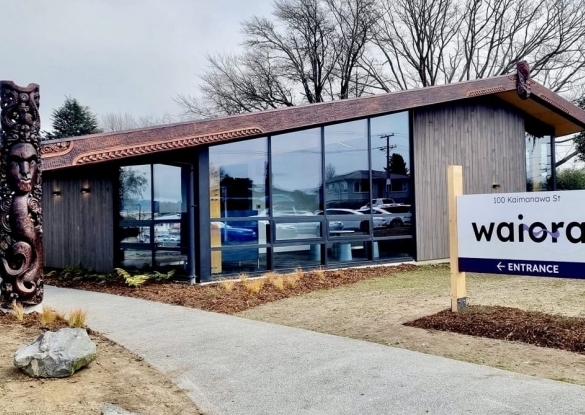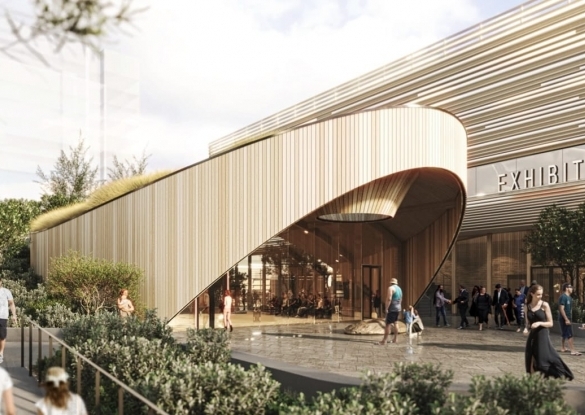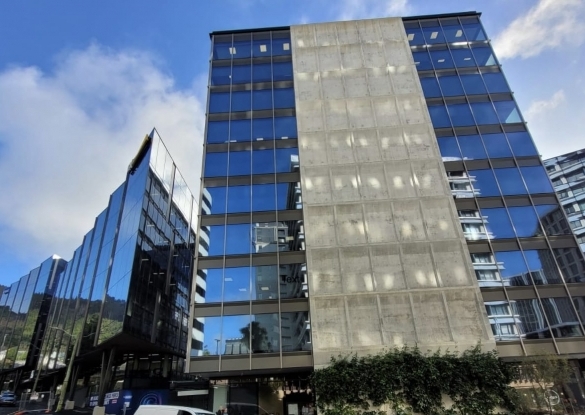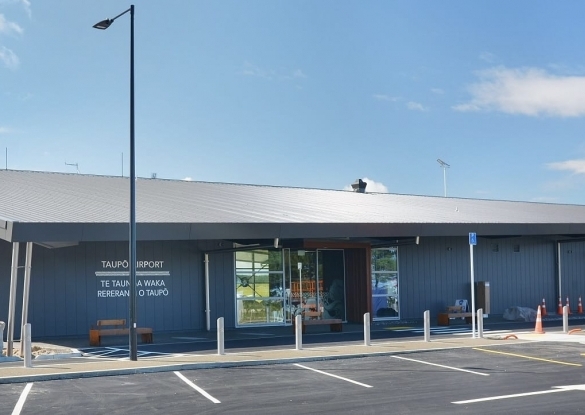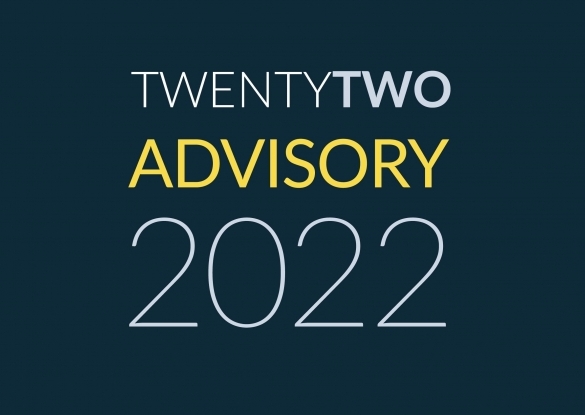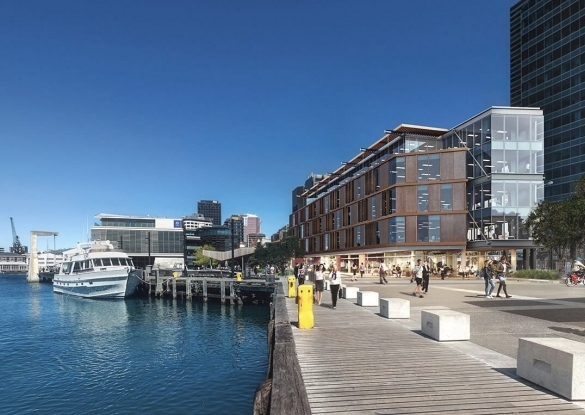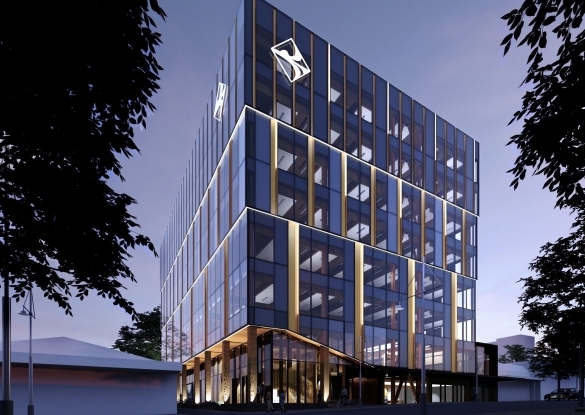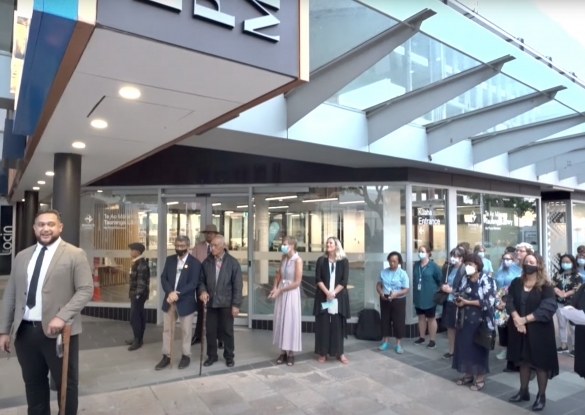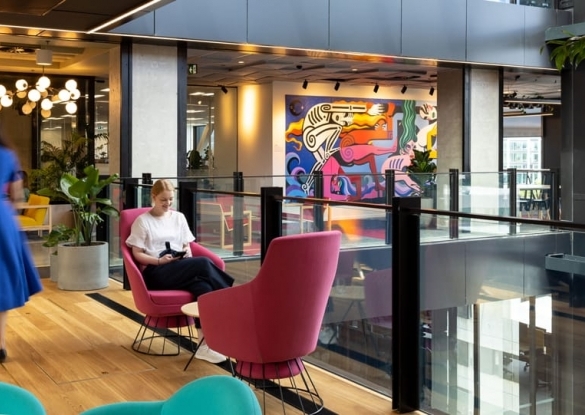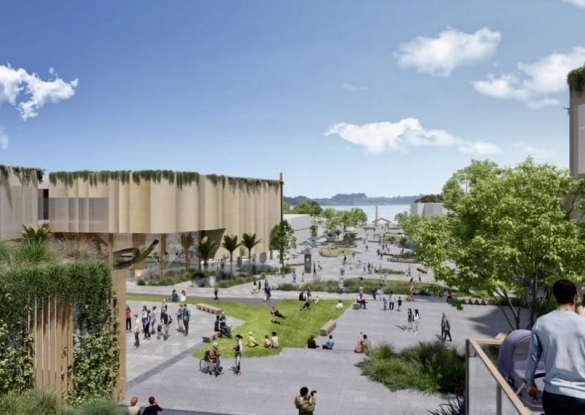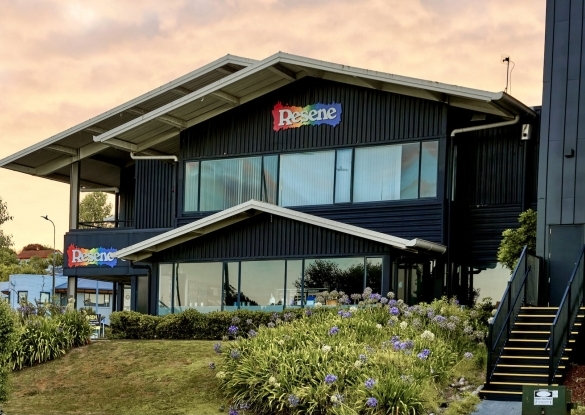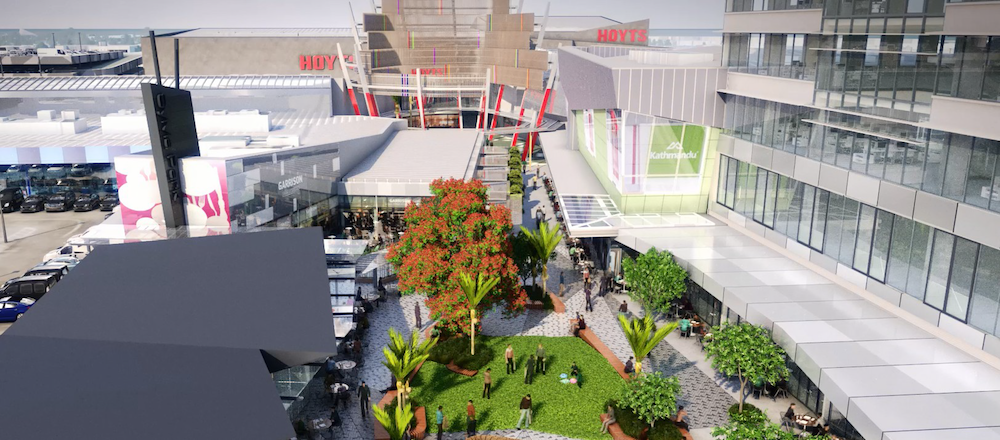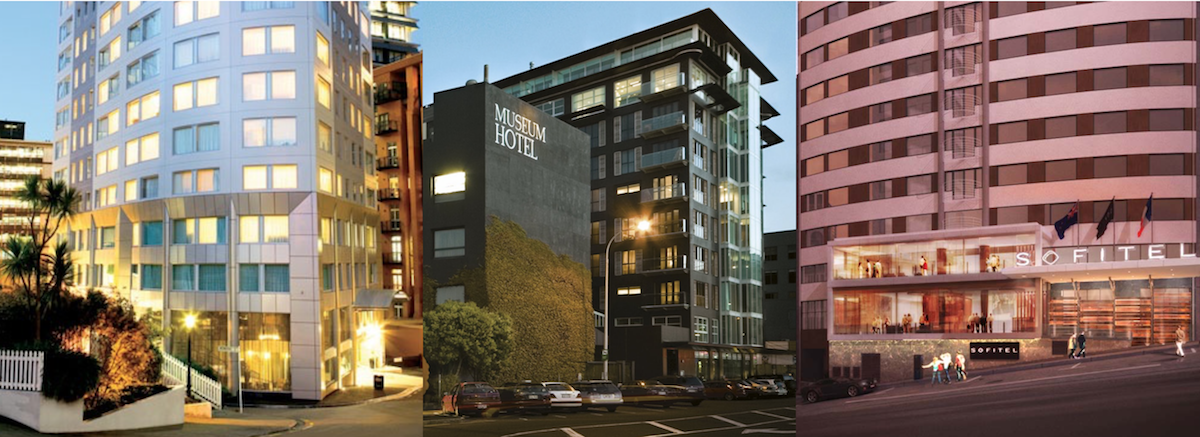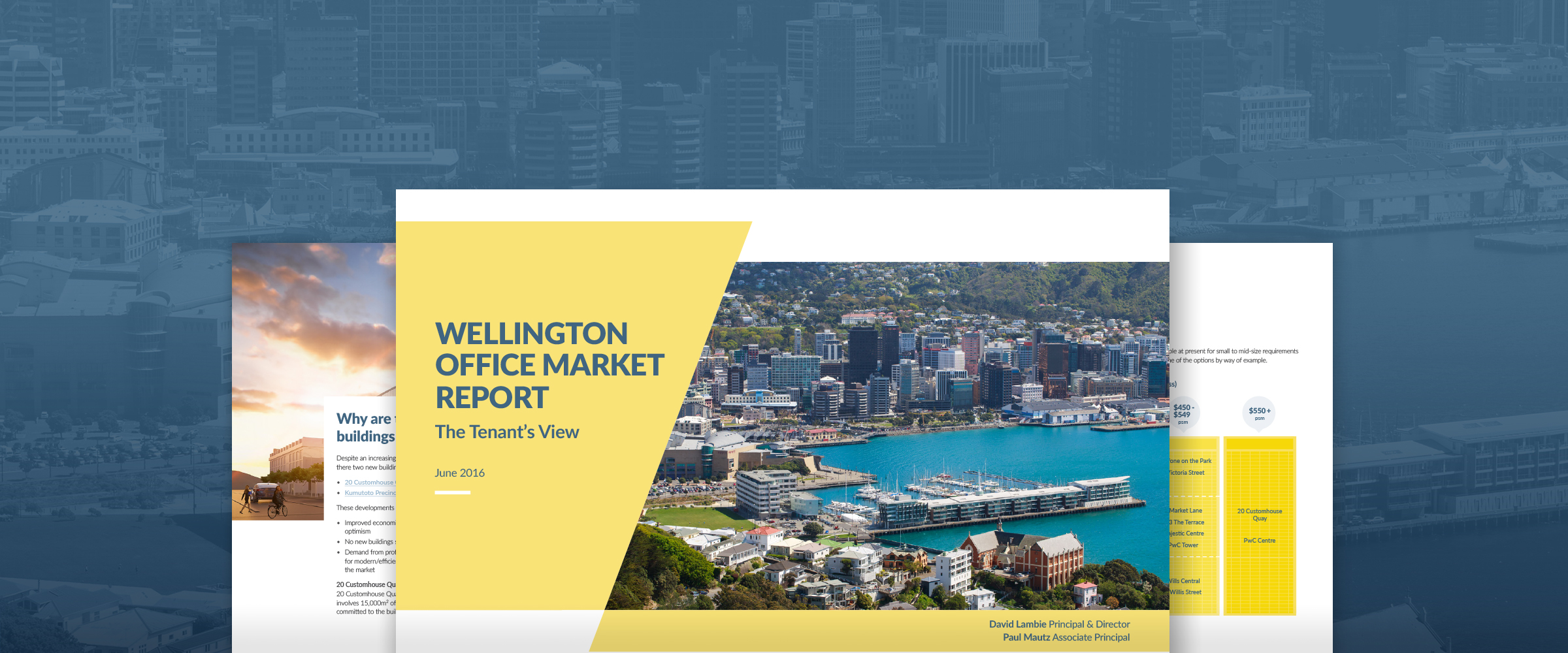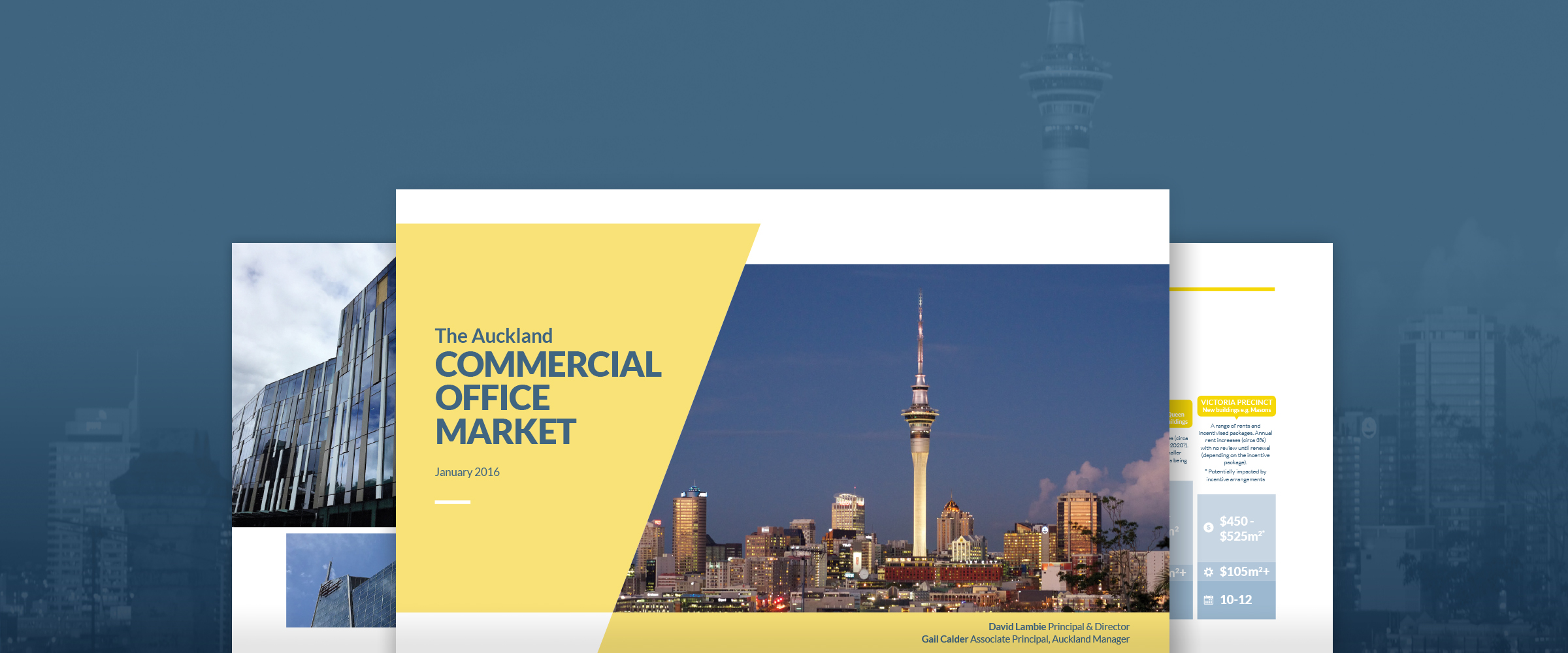TwentyTwo Director and Advisory and Assurance Lead David Lambie shares his market insights on the future of the New Zealand Vertical Construction Sector.
It is no secret the Vertical Construction Sector in New Zealand is going through a troubling period. What does it mean for organisations looking to build, buy or lease in the future? How will the sector adapt to survive?
Where did it all go wrong?
There have been a series of well publicised stories about the failure and collapse of some NZ construction firms over the past 12 months. When looking at the key reasons for these failures, we believe the underlying problem has been risk transfer. Faced with competitive pressures, construction cost risks have been transferred from the buyer to the contractor who in their willingness to secure ongoing contracts and remain competitive have in many cases seen cost pushed back on them and been forced to absorb an unsustainable level of risk.
Rising material costs exasperates this risk transfer. Some contractors, in a hot construction market have been in a catch-22. On the one hand aggressive fixed lump sum tender pricing is required to be competitive, on the other hand sector demand and the inherent costs associated with the New Zealand materials supply chain is continuously driving up material and sub-contractor costs. Ultimately for some, this has been unsustainable.
Balance sheet strength. Some organisations just did not have the resources or appetite to absorb loss or were able to maintain cash flow – a business fundamental.
Quality. Is it possible that quality and standards have been compromised along the way? Is it possible that parts of the industry have recovered losses by stealth? The possibility places enormous pressure on those providing independent or regulatory compliance surety and could be the ‘leaky homes’ of the future.
Did we see it coming?
Yes and no. If overly competitive pricing and absorbing risk were deemed acceptable corporate policy by some, then there could never be sufficient transparency to critique how organisations choose to respond to the market – until it goes wrong. Equally, the smaller contractors carrying this risk in order to remain competitive is a market behaviour that evolves over time, so again hard to predict.
It’s unlikely the buyer would even consider asking if a contractor or developer if they have the balance sheet strength to sustain cost escalation or complete volumes of work. Due diligence of this nature is common for large scale developments, but does it ever really expose the true fiscal position of a contractor or the sub-contractor? In some instances, maybe the buyer never asked or assumed by reputation that delivery would be certain.
Perhaps we should have predicted that rising costs, excessive demand and rigid fixed price contracts were not sustainable – however, similar to the housing market, knowing when the bubble will pop is near impossible to predict.
Maybe the last few years have simply reinforced the wrong behaviour. The buyer has acclimatised to the idea that ‘a good old-fashioned competitive tender’ will achieve the lowest price and therefore represents the best outcome. We now know that procurement mindset is completely wrong and represents the greatest risk.
Take for example in the UK facilities management and construction giant Carillian which collapsed in January this year. Contracted to the UK Government to provide public services in defence, education, health and transport, its collapse prompted a wave of analysis and reporting from various Government Committees to determine what went wrong. While there are many findings, the common thread has been that the procurement process was broken. The Governments pursuit of the lowest possible cost to provide the services, pushed unacceptable levels of cost risk back to the contractor. Sound familiar? While Carillian’s scale and delivery models are not common in NZ (PPP oriented) the failings are similar.
Looking Forward – what we might see?
Recalibrated tendering processes. Demand is rising for construction and new developments across all building sectors. It’s a good sign, but concurrently this growth is likely to align with recalibrated tendering and contractor / developer selection processes. The contractor will naturally be more risk averse and likely to respond to tender with conservative pricing, greater margins and tighter contracts to mitigate that risk. It might be that if most of the contractor market responds this way, a contractor may still be able to remain competitive – the relativity universally moves.
Project cost increases. Pricing and tender processes will likely adapt to realistic material costs (including escalation) and sustainable margins. Therefore, transfer cost and risk back to the buyer or end user (look out tenants!).
Pricing flexibility or variable fixed sum contracts. No buyer will accept open ended pricing, but equally the buyer needs measures to avoid inflated pricing which may emerge as an overreaction to the current market.
We like to think there are innovative contractual solutions to achieve price certainty where the parties share the risk around unknown variables or cost escalation. This is optimistically suggested as a means for the contractor to remain competitive / attractive and for the buyer to mitigate any conservative pricing behaviours that are a reaction to ‘the crisis’ or change in approach.
Will the market evolve to require contractors to disclose balance sheet strength, provide binding guarantees, bank guarantees or provide certainty they can withstand cost variations? Very difficult to extract unless competition forces the behaviour.
The rise of non-price attributes. In my view this will become the most significant adjustment to buyer behaviour. Experience, quality, availability, willingness to partner, contractor / sub-contractor relationships, realistic programme – these are values that must be weighted more heavily than just price. Risk mitigation cannot necessary be bought (accepting higher pricing) – so the buyer must look deeper into what achieves a successful outcome. Again, the ‘good old fashioned lowest price competitive tender’ is not necessary the smartest procurement approach.
The positives...
Let’s be optimistic for a moment, perhaps some good will come from changes in the sector. Maybe we will see the successful redistribution of experienced contractors and trades into other mid-sized and growing firms, for the betterment of the market. Maybe the less qualified or successful contractors and rouge developers will consider a change in career. Maybe the Crown will make some serious inroads to guiding the industry more effectively and protecting the sub-trades. Maybe the end user will start to consider alternatives to price driven procurement and take seriously the non-price attributes that create great outcomes. Maybe the all parts of the sector (both supplier and buyer) will simply accept change as change only and keep moving upward – literally!
At TwentyTwo we work with a variety of clients weighing up these very issues. What is the best process? What should we look out for? How can we mitigate risk? What is the best way to procure? Contact David today for some insights or advice on your next commercial property transaction.
Also, keep an eye out for David’s next blog looking at some techniques and processes that make sense of the noise and confusion changing property markets generate. He will also delve into how the buyer might actually fund new projects by thinking outside of traditional means.



